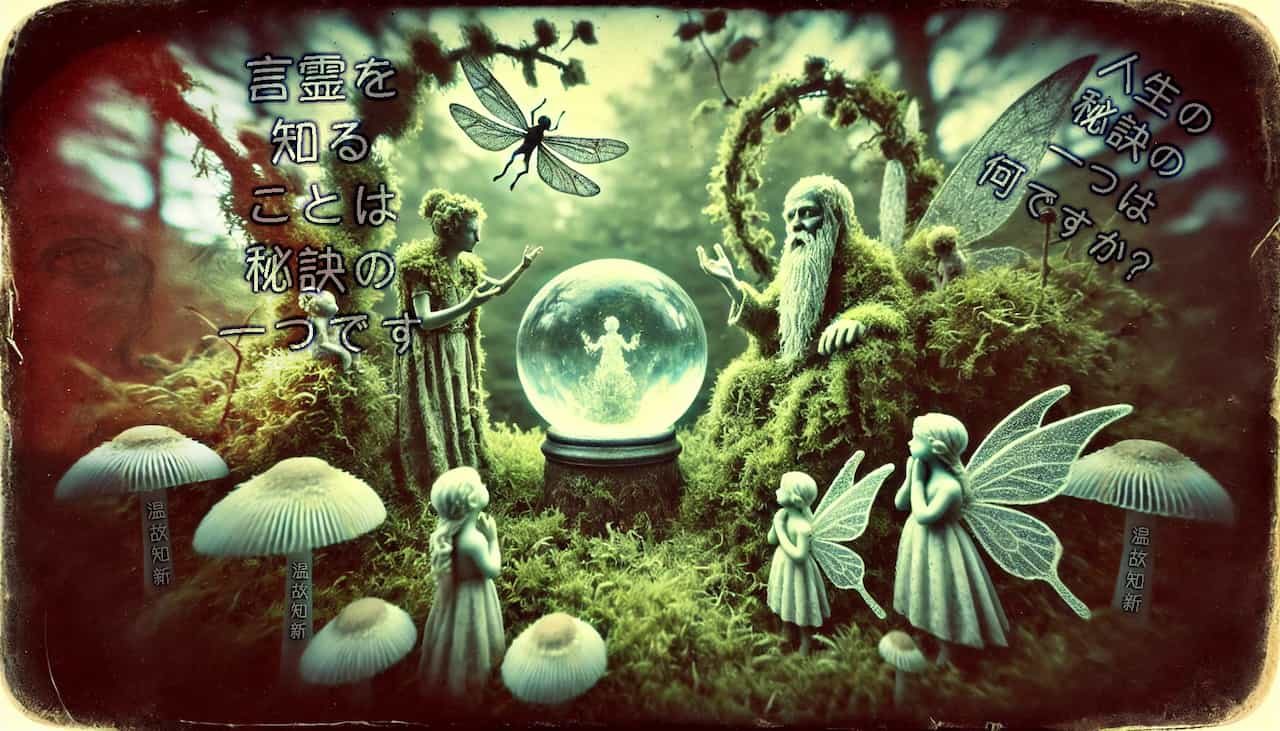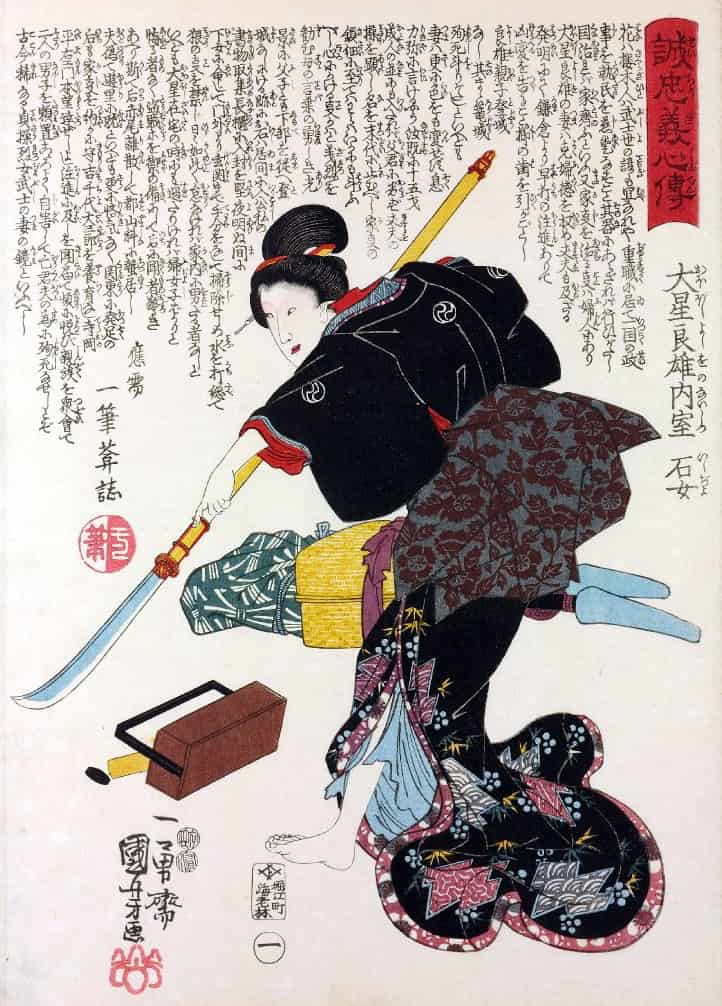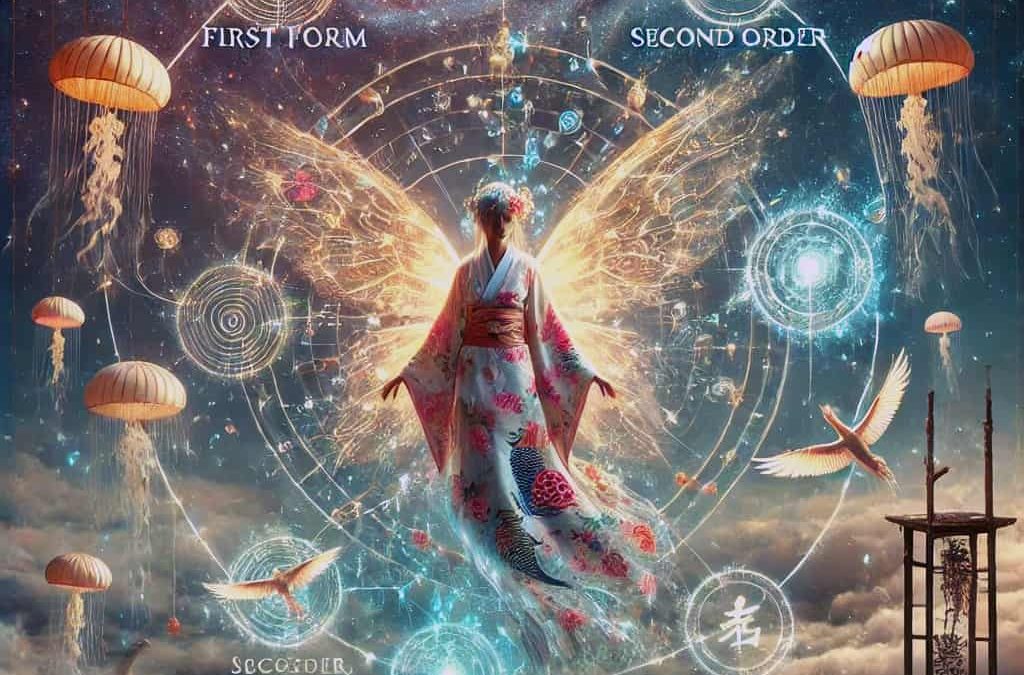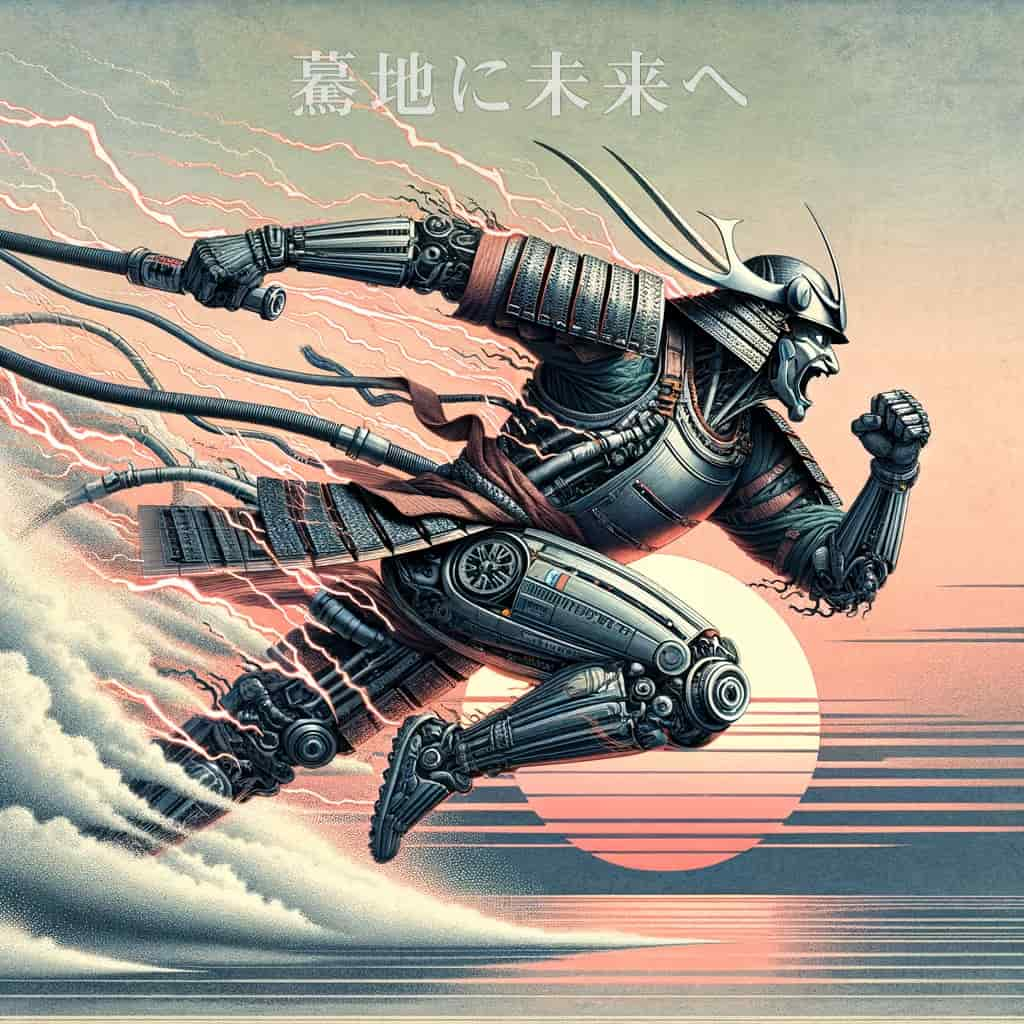
Sublimation
Sublimation
One of the greatest joys of being a lifelong language learner is discovering concepts available only in the new language of the curious, free-range avatar.
In particular, the esoteric notions woven into ancient languages that have evolved over millennia hold extraordinary concepts that are not conceptually available to monolingual primates stuck in a monotone zone, where their extra-special senses have been fully depleted. The subject of today’s daily natto is the very notion of what it means to meta-recognize the two distinct personalities inside one—the master and the slave.
The subject of today’s daily natto is the very notion of what it means to meta-recognize the two distinct personalities inside one—the master and the slave.
It’s a topsy-turvy daily struggle to vie for the administrator’s position and to lock down the ego into servile submission.
It is those who are controlled by the will of their Seity and tutelary deities who are on the road to ΩNE becoming whole. This brings us to the crux of the matter—the nook in the crook.
This brings us to the crux of the matter—the nook in the crook.
To see what it looks like, you must first have the courage to look.
This story is about sublimation—taking the weary carnal soul on an infinite vacation.
It is the core principle of the neo-clan nation—free your spirit from servitude is to secure a place at the coveted spot on the 1st Avenue Tutelary Deity Council—here is the proposition. Internalize deeply and cleanse your inner world with the meaning of the word—sublimation—the process of transforming instinctual drives (aggressive urges) into socially acceptable actions, while expressing innate creativity, which is closely associated with Seity and your neo-clan’s tutelary deities.
Internalize deeply and cleanse your inner world with the meaning of the word—sublimation—the process of transforming instinctual drives (aggressive urges) into socially acceptable actions, while expressing innate creativity, which is closely associated with Seity and your neo-clan’s tutelary deities.
The core theme of sublimation is the transformation of base instincts in metacognitive mammalian beings.
When looking at this important concept through the lens of Japanese thought, you will never regret exploring the nooks and crannies of your own mind, identifying inner demons, and dusting away the mold that lingers—polluting the soul more and more each day.
To rise and ascend「昇」like a flower expressing brilliance and splendor「華」is a deeply profound call for each individual to transform what was into what will be—the on ko chi shin theory. In order to do so, you need to sprinkle on a healthy dose of sublimation—the path toward building holistic communities and realizing the vision that the tutelary deities and Seity have in store for the burgeoning neo-clan families.
In order to do so, you need to sprinkle on a healthy dose of sublimation—the path toward building holistic communities and realizing the vision that the tutelary deities and Seity have in store for the burgeoning neo-clan families.
Surely, for many, this is a daily routine—seeing where you are going based on where you have been, the crux of the matter, and the meaning of life—is to invoke the notion of serenity.
This comes with the cold, stark reality, the only thing that matters—the only thing real—is incremental improvement, the compound effect tied to the thrill of an enlightened sentient being is the final deal. Recognizing and defining what truly matters is paramount to the successful implementation of Civilization Three.
Recognizing and defining what truly matters is paramount to the successful implementation of Civilization Three.
The superego「超自我」must be kept in check.
If you do not do so with purpose and intent, Seity and the tutelary deities will show you the way—but do not forget, these lessons also come with great hardship and profound suffering for this is the way.
Be ready at a moment’s notice or at the drop of a hat.
Every interaction and situation—even those between the personalities residing within the one sentient being—needs to be psychoanalyzed「精神分析」in each and every phantasmagorical movie scene. Finally, the most important part of this dynamic three-point set is to identify and leash the most destructive of human impulses—the protocol of impulse control「衝動制限」a nasty little beast, indeed to master it is to bleed.
Finally, the most important part of this dynamic three-point set is to identify and leash the most destructive of human impulses—the protocol of impulse control「衝動制限」a nasty little beast, indeed to master it is to bleed.
Trap the goblins and demons pinging around in the head, decaying a precious mind.
Recognize them, for they lead to the key that unlocks your mind’s door—the road to being a free-range avatar—the price of admission is battle scars.
Talk to Seity to see what she sees, begin your unique journey—one where you encounter fantastic worlds serene and unseen, as well as warm and fuzzy sensation sprinkled with deep meaning—forging the spirit of resilience as a valuable integral beings inside the free-range avatar posse theme.


 Today’s story will leave you gobsmacked—make no mistake about that.
Today’s story will leave you gobsmacked—make no mistake about that. She lives in a world beyond the binary reality of her personalized
She lives in a world beyond the binary reality of her personalized  The power within the Japanese quantum field lies in her unawareness that her enigmatic mind transforms visions into metabolizing biomaterials—a surreal reality, believe me.
The power within the Japanese quantum field lies in her unawareness that her enigmatic mind transforms visions into metabolizing biomaterials—a surreal reality, believe me. Here, you may jot down a thought—or even a picture—of your inner masterpiece—make your
Here, you may jot down a thought—or even a picture—of your inner masterpiece—make your  What’s not to love about five beautiful cats and two
What’s not to love about five beautiful cats and two  The theory of ban butsu—a clearly verified heuristic—is embedded in the true nature of the Japanese.
The theory of ban butsu—a clearly verified heuristic—is embedded in the true nature of the Japanese.

 It has always seemed particularly peculiar that when inquiring about a list of Japanese cinema greats, Ms. Irie is inexplicably consistently absent—shameful, indeed.
It has always seemed particularly peculiar that when inquiring about a list of Japanese cinema greats, Ms. Irie is inexplicably consistently absent—shameful, indeed. So, who exactly is Irie Takako?
So, who exactly is Irie Takako? Her imaginative journey to fulfill the wishes of her powerful
Her imaginative journey to fulfill the wishes of her powerful  Indeed, this seminal line embodies the essence of shibui, describing Ms. Takako Irie to a tee.
Indeed, this seminal line embodies the essence of shibui, describing Ms. Takako Irie to a tee. Her divine image also appeared in consumer goods and contemporary art—imprinting this magnificent Japanese woman as one of the greatest entities to ever reflect this phantasmagorical quantum land.
Her divine image also appeared in consumer goods and contemporary art—imprinting this magnificent Japanese woman as one of the greatest entities to ever reflect this phantasmagorical quantum land.

 Remaining stuck in endless ruts is a symptom of a system gone amok—an extreme case of misdirected educational directives of the insidious inculcated kind.
Remaining stuck in endless ruts is a symptom of a system gone amok—an extreme case of misdirected educational directives of the insidious inculcated kind. Trying to keep pace with the dissonant vibrations of the
Trying to keep pace with the dissonant vibrations of the  This is where the real fun starts—as you become part of a society that values one another and regards each life, as a matter of course, as a piece of living art.
This is where the real fun starts—as you become part of a society that values one another and regards each life, as a matter of course, as a piece of living art. The trick is to slip through the cracks and embrace the fact—life is a dream as we float down the stream, part of an infinite game where sentient beings have free will to play, or not—the
The trick is to slip through the cracks and embrace the fact—life is a dream as we float down the stream, part of an infinite game where sentient beings have free will to play, or not—the  The hard work lies in moving to the next stage—the fire in the belly in a full-blown serene rage.
The hard work lies in moving to the next stage—the fire in the belly in a full-blown serene rage.
 Like Japanese culture, societies rooted in ancestor veneration, such as the
Like Japanese culture, societies rooted in ancestor veneration, such as the  When he explained the talking stick’s significance to the Nissan president
When he explained the talking stick’s significance to the Nissan president  This protocol fosters respectful and orderly dialogue in council circles, community meetings, and spiritual gatherings.
This protocol fosters respectful and orderly dialogue in council circles, community meetings, and spiritual gatherings. The council circle’s emphasis on equality contrasts with the traditional Japanese mindset, where hierarchical structures, rooted in millennia of cultural evolution, prioritize elders’ guidance.
The council circle’s emphasis on equality contrasts with the traditional Japanese mindset, where hierarchical structures, rooted in millennia of cultural evolution, prioritize elders’ guidance. Each element of the talking stick carries symbolic meaning:
Each element of the talking stick carries symbolic meaning: The talking stick’s primary purpose is to promote equitable communication, often aiding in peacemaking and conflict resolution.
The talking stick’s primary purpose is to promote equitable communication, often aiding in peacemaking and conflict resolution.
 Historically, the Japanese were instantiated into strict hierarchical compartmentalization.
Historically, the Japanese were instantiated into strict hierarchical compartmentalization. Form (
Form ( In Japanese culture, improvising or adding personal style prematurely is a grave faux pas, as it contradicts the Japanese Way.
In Japanese culture, improvising or adding personal style prematurely is a grave faux pas, as it contradicts the Japanese Way. It refers to rigorous, intentional practice—physical, mental, or spiritual—aimed at personal transformation, mastery, or transcendence.
It refers to rigorous, intentional practice—physical, mental, or spiritual—aimed at personal transformation, mastery, or transcendence.
Recent Comments